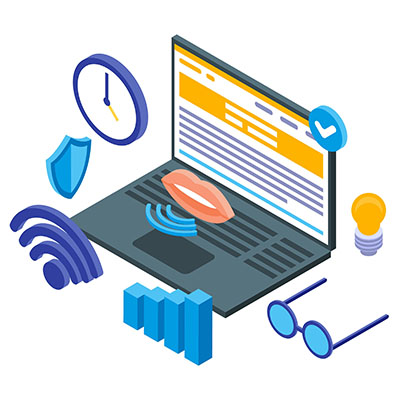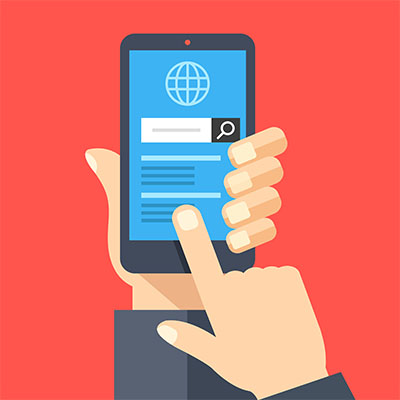For years you’ve heard how technology is becoming a bigger part of the healthcare delivery system and how it can help stabilize costs, provide increased access, and further personalize care delivery. As these innovations have been taking hold it has brought up serious questions about data privacy. Today, we’ll take a look at some of the changes IT has brought to healthcare and what it means for patient data privacy.
When you implement a new technology solution, you usually do so with the intent of solving some kind of problem your organization is experiencing. Therefore, as your business should be using technology to move forward and make progress toward your goals; any technology you implement that does not move your business forward can be seen as an impediment to its success.
Sometimes the last thing you want to do is type on your keyboard, especially if you have already been doing it just about all day. In cases like this, you can give your fingers a break and use Microsoft Word’s dictation features to “write” by speaking into your device’s microphone. Let’s go over how you can use this feature on a desktop, your web browser, and even your mobile device.
Passwords have been front-and-center for data security since 1960, but even their creator–MIT researcher Fernando Corbató–doesn’t think he should take full credit passwords. In fact, if you brought this up to the researchers who did create them, they would tell you that the security concerns for their time were much more limited.
Cybersecurity is anything but a new concept, and if recent and current events are any indication, the concept isn’t going anywhere anytime soon. Let’s take a few moments to consider some of the bigger threats currently out there, and how they will influence the threats we see going forward from here.
Chances are that, if you are a user of an Android device, you prefer Google Chrome as your mobile web browser. However, did you know that you can change your default web browser to a different one? All you have to do is know which browsers are available to use; then all it takes is a quick settings adjustment!
A shared network is not a new concept in the business world. These shared networks give all computers connected to them access to a centralized file and drive infrastructure where documents can be accessed. Your IT department has likely already set one of these up for your organization, but we thought a short guide on how to map a network on your personal device might be helpful.
Google Chrome is a widely used and popular web browser, and because of its popularity, it is a common target for hackers. A recent study showcases how there are more zero-day threats being discovered for Google Chrome, but don’t despair; it might not be a bad thing for your favorite web browser. Instead, it could signify exactly the opposite.
You might have encountered the term MSP while navigating our website, but what does it mean to be a managed service provider? Today we want to get into the nitty-gritty of what we do for our clients and how you can benefit from our services. It’s our goal to show just why managed services have completely changed the landscape of business as we know it today.
Moore’s Law may have been prophetic for its time, but it was bound to run out of steam eventually. In 1965, Gordon Moore predicted that transistors inside of a dense integrated circuit would double every 18 months, and at the time, it seemed like an ambitious prediction at best. All these years later, however, computing speeds are doubling every 18 months, just as predicted, but technology may have finally caught up with this prediction. How will technology’s growth change moving forward?










